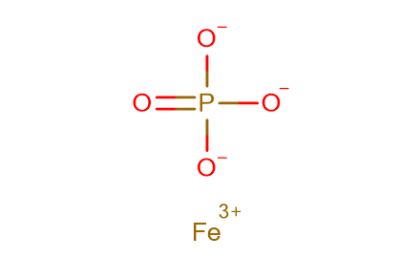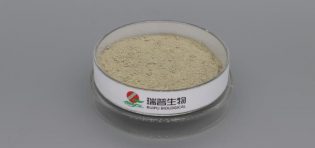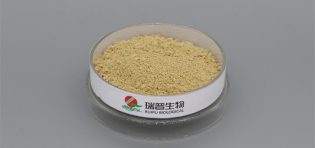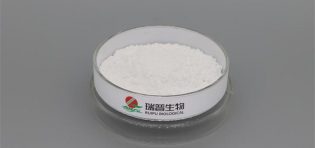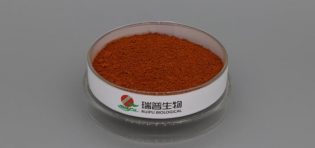
In the food industry, the clever integration of vitamin premixes not only helps to enhance the nutritional value of food but can also improve the taste to some extent, meeting consumers' dual pursuit of health and deliciousness. Here are specific strategies to achieve this goal:
1. Enhancing Nutritional Value
·Scientific Formulation:
Vitamin premixes achieve balanced vitamin intake by precisely combining multiple vitamins, based on the nutritional needs of animals or humans, to fully supplement the types and amounts of vitamins that may be lacking in a daily diet. For different populations (such as children, the elderly, athletes, etc.) and specific foods (such as infant formula, functional foods, etc.), customized vitamin premixes can be created to meet their unique nutritional requirements.
·Efficient Supplementation:
Vitamin premixes combine multiple vitamins in solid form, making them easy to uniformly add during food production, ensuring that the vitamin content in each portion of food is stable and meets standards. Compared to adding each vitamin individually, the use of premixes is more convenient and efficient, reducing complexity and error rates in the production process.
2. Improving Taste
Although vitamin premixes do not directly improve the taste of food, their scientific integration can indirectly enhance the overall quality of the food, thereby influencing the consumer's taste experience to some extent:
·Synergistic Effects:
Some components of vitamin premixes may interact synergistically with other ingredients in the food, improving the texture, flavor, or taste of the food. For example, certain vitamins may help enhance the aroma or improve the smoothness of the taste.
· Health Labels:
Foods enriched with vitamin premixes can often carry health labels such as "rich in vitamins" or "nutrient-fortified." These labels can attract health-conscious consumers, boosting the product's market competitiveness. When consumers perceive a food as healthier, they often rate its taste more positively.
3. Implementation Strategies
·Precise Addition:
During food production, vitamin premixes should be added precisely according to the characteristics of the product and the needs of the target consumers. This requires food manufacturers to have advanced production equipment and strict quality control systems.
·Uniform Mixing:
Ensuring that vitamin premixes are evenly distributed throughout the food is crucial to avoid areas of high or low concentration. This can be achieved by optimizing mixing processes and equipment, such as using efficient mixers or extending mixing times.
·Protecting Stability:
Vitamins are susceptible to degradation during processing and storage due to factors like light, heat, and oxygen. Therefore, appropriate protective measures (such as light protection, low-temperature storage, etc.) should be taken when adding vitamin premixes to ensure their stability and effectiveness.
· Innovative Applications:
Exploring the application of vitamin premixes in new types of food, such as functional foods and healthy snacks, can further expand the market for vitamin premixes and meet consumers' diverse demands for healthy foods.
The clever integration of vitamin premixes is of great significance in enhancing the nutritional value and improving the taste of food. By employing strategies such as scientific formulation, efficient supplementation, and precise addition, this goal can be achieved, meeting consumers' health needs.



